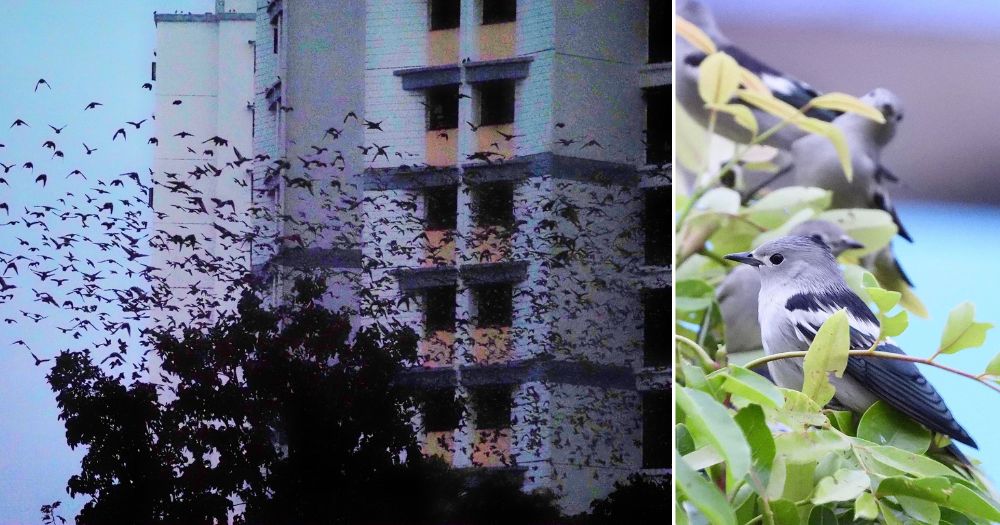The sighting of huge flocks of starlings in the north or northeastern Singapore reminds us that the migratory season is here again.
Some bird enthusiasts have readied themselves to capture the spectacular sight of the starling murmuration.
"Waves of daurian starlings swirling in the sky as if they are thinking with one mind!" One wildlife lover commented as she witnessed the starlings flew in synchrony for a few minutes in Yishun.
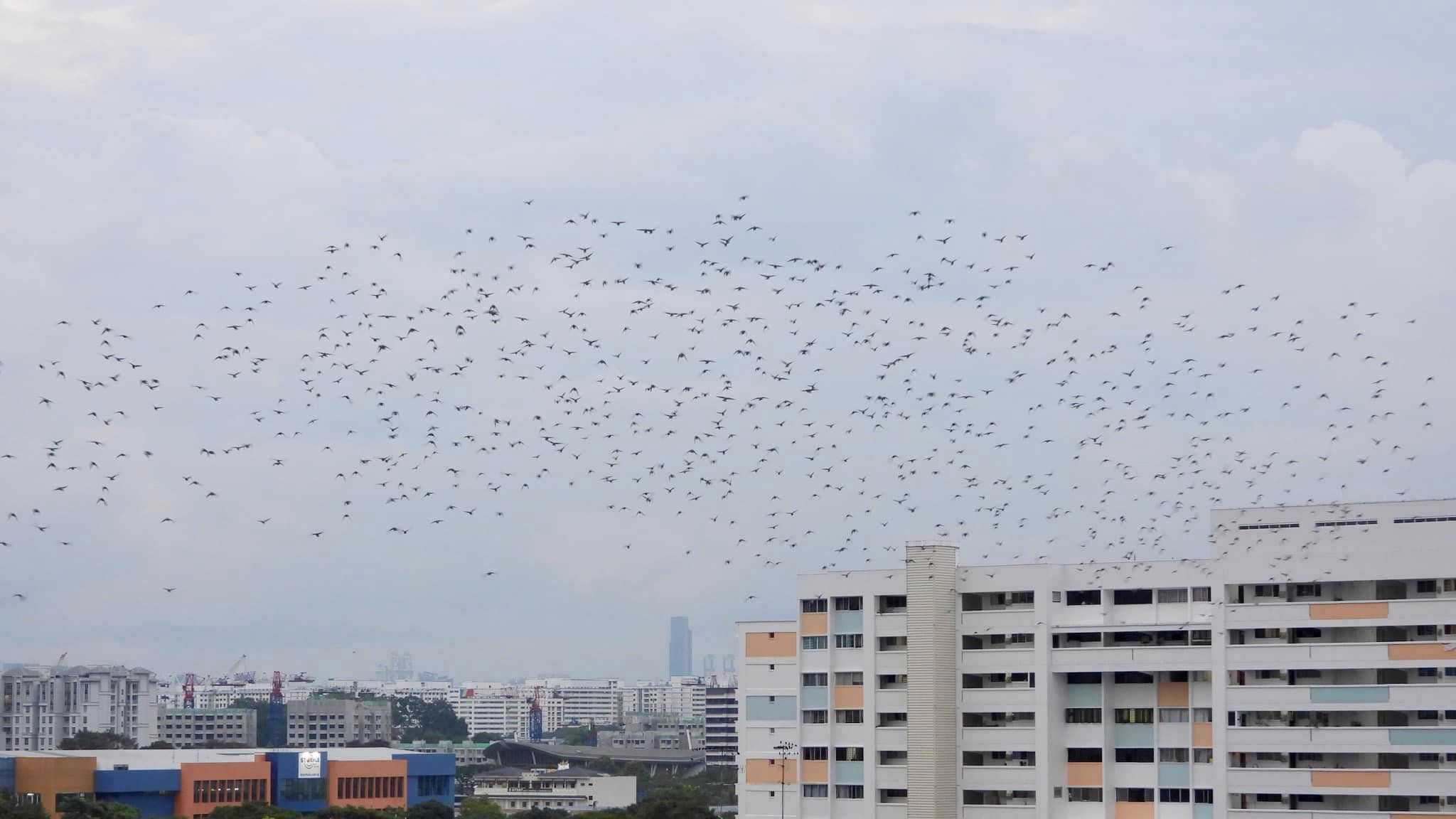 Photo taken at Yishun Avenue 6 by Serene Ong Hak Tee from Singapore Wildlife Sightings Facebook group.
Photo taken at Yishun Avenue 6 by Serene Ong Hak Tee from Singapore Wildlife Sightings Facebook group.
At Sengkang
Here's a clip of the starlings performing a murmuration in Sengkang.
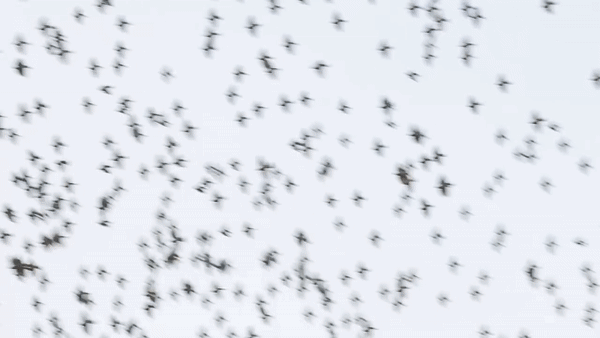 Video by Toh Teaw Kuan/Facebook.
Video by Toh Teaw Kuan/Facebook.
More photos:
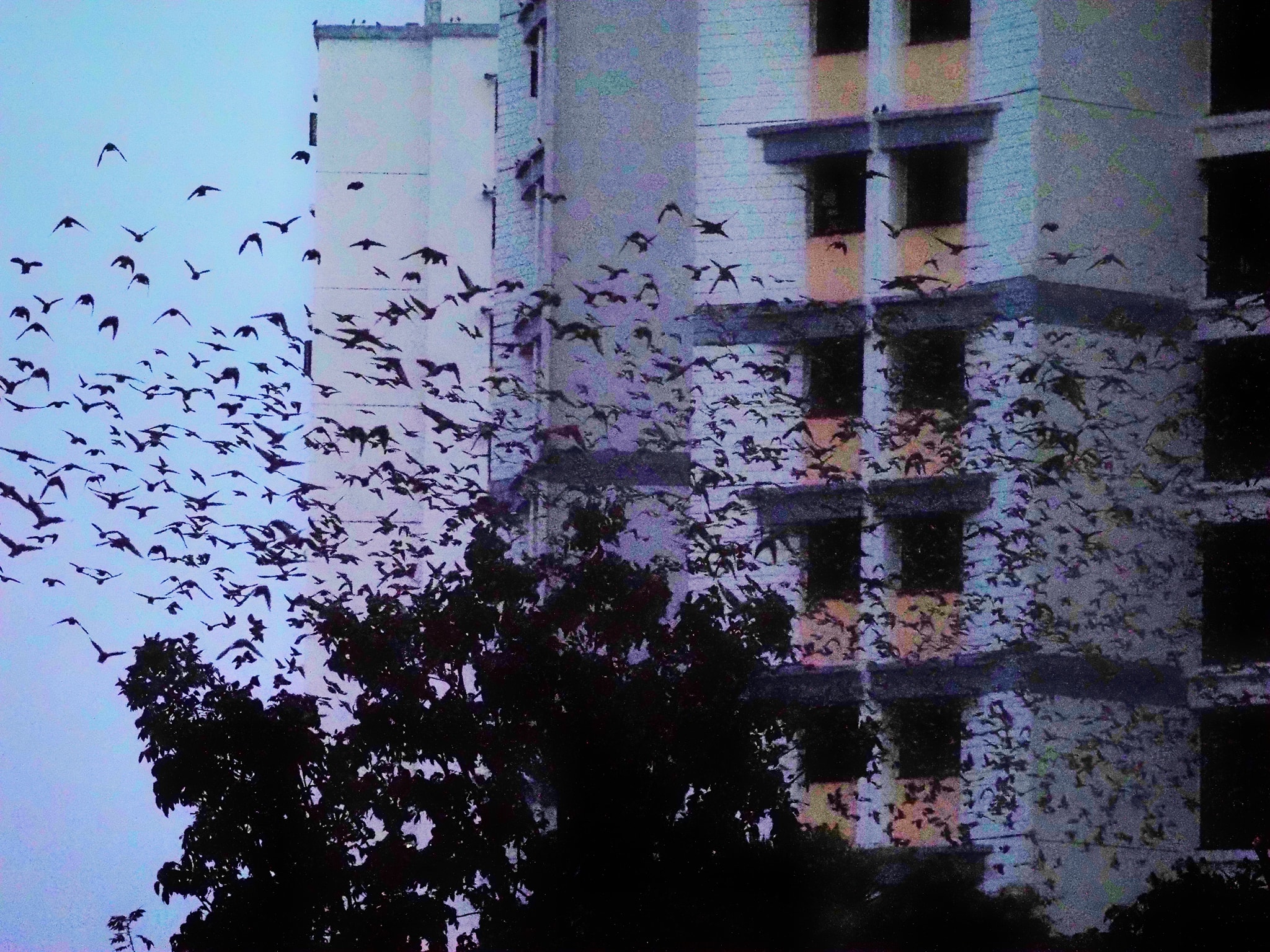 Photo taken along Sengkang East Way by Anders Tradit.
Photo taken along Sengkang East Way by Anders Tradit.
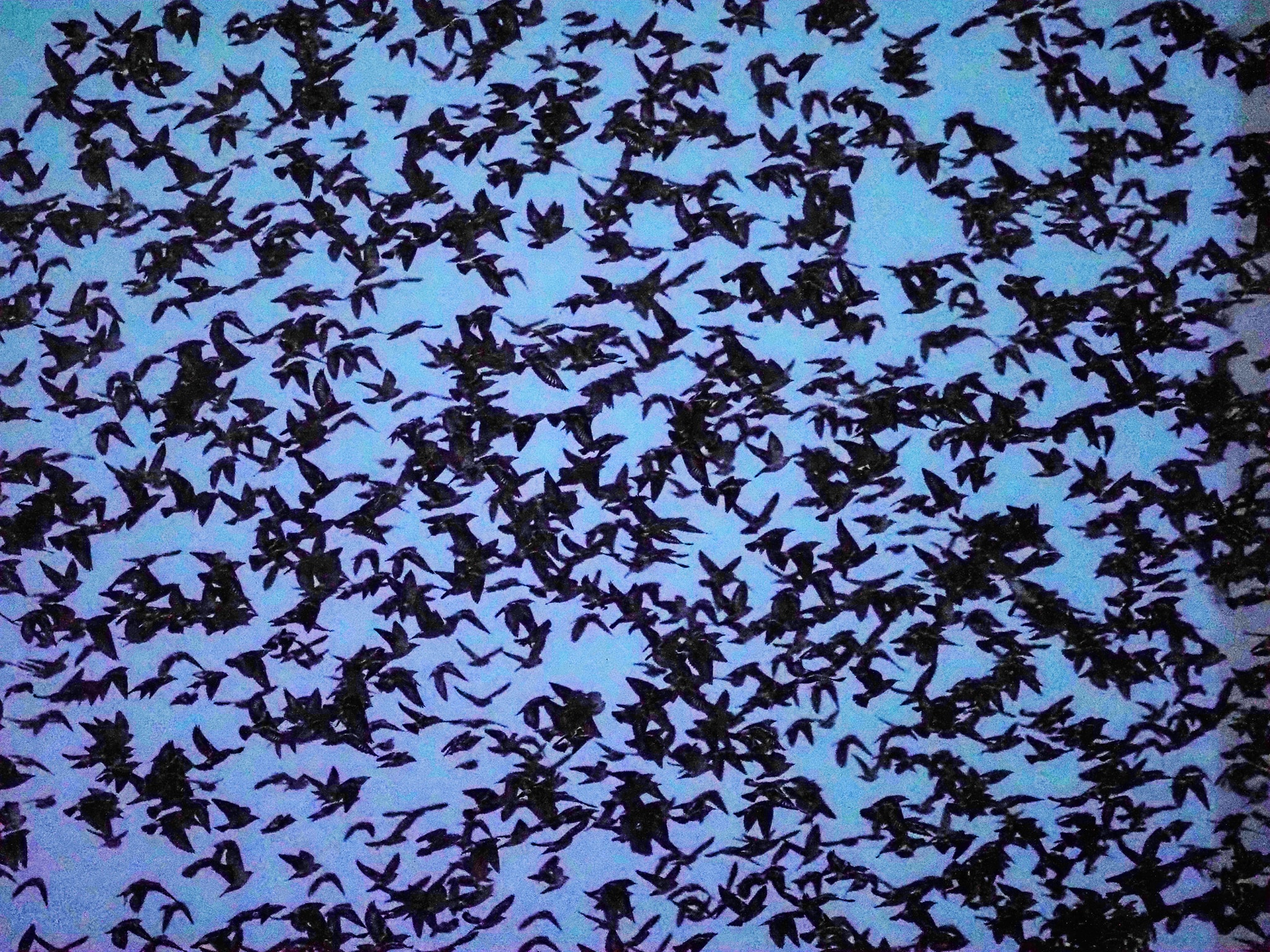 Photo taken along Sengkang East Way by Anders Tradit.
Photo taken along Sengkang East Way by Anders Tradit.
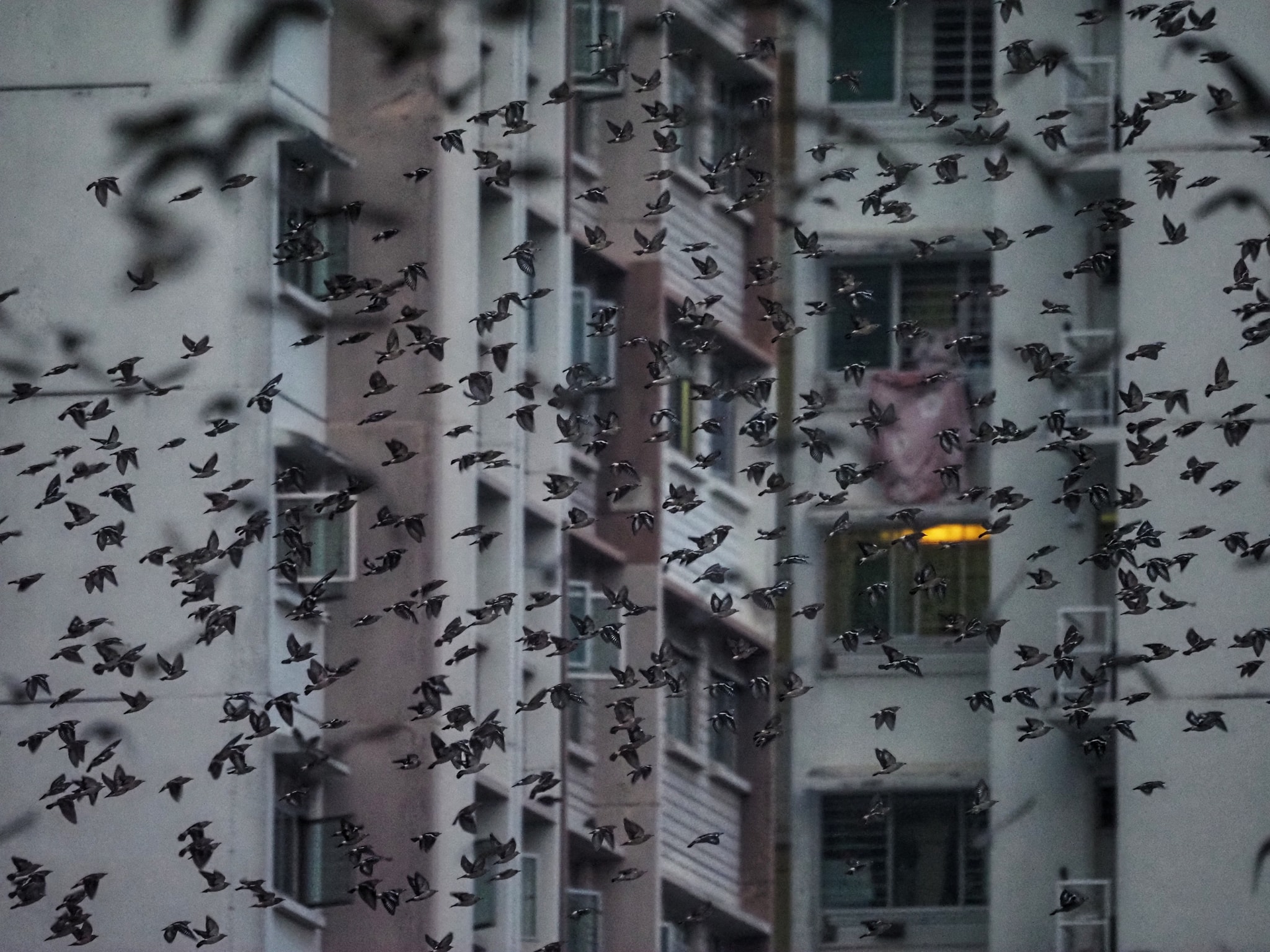 Photo taken along Sengkang East Way by Anders Tradit.
Photo taken along Sengkang East Way by Anders Tradit.
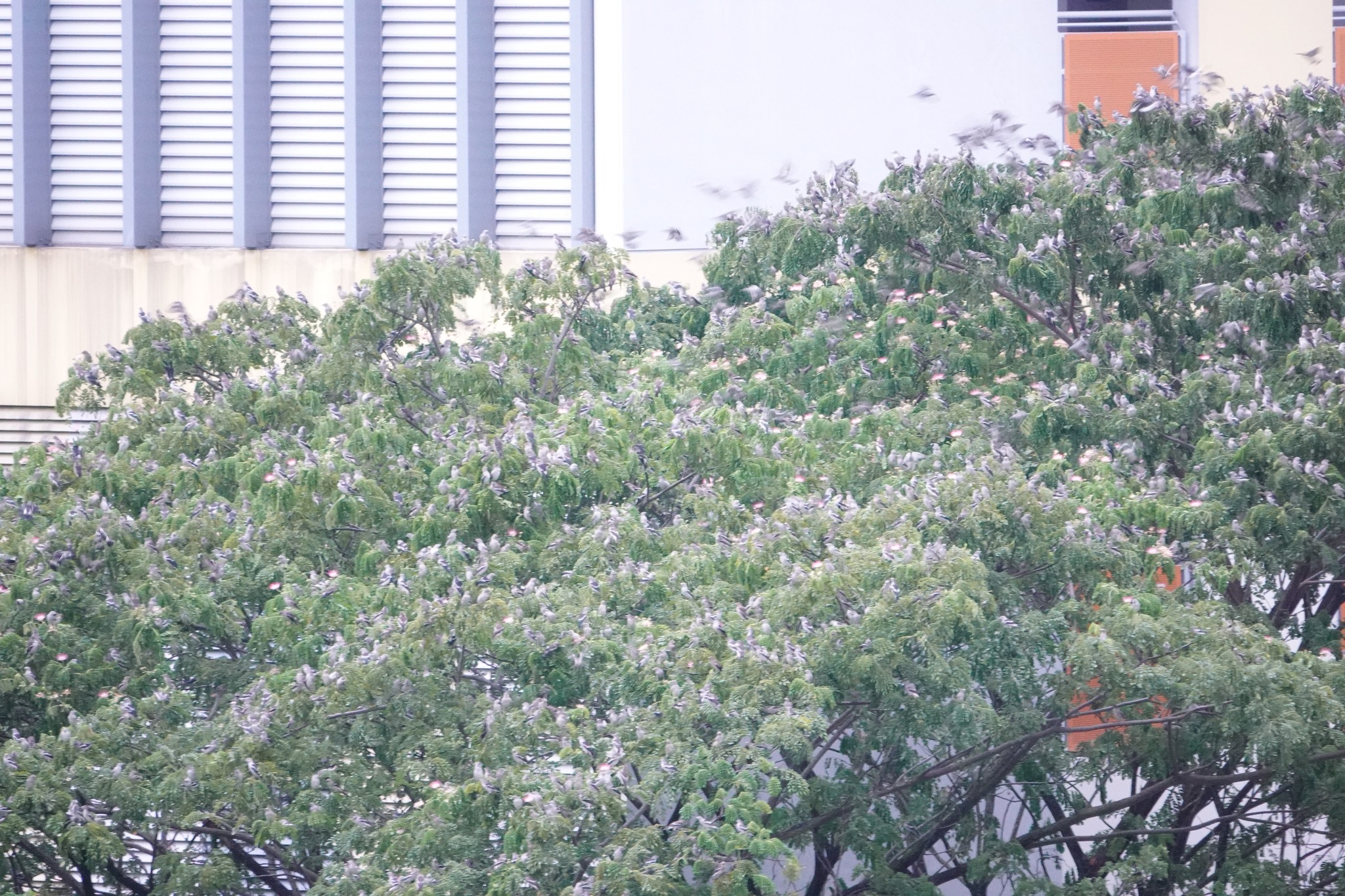 Photo taken along Sengkang East Way by Kim Chng.
Photo taken along Sengkang East Way by Kim Chng.
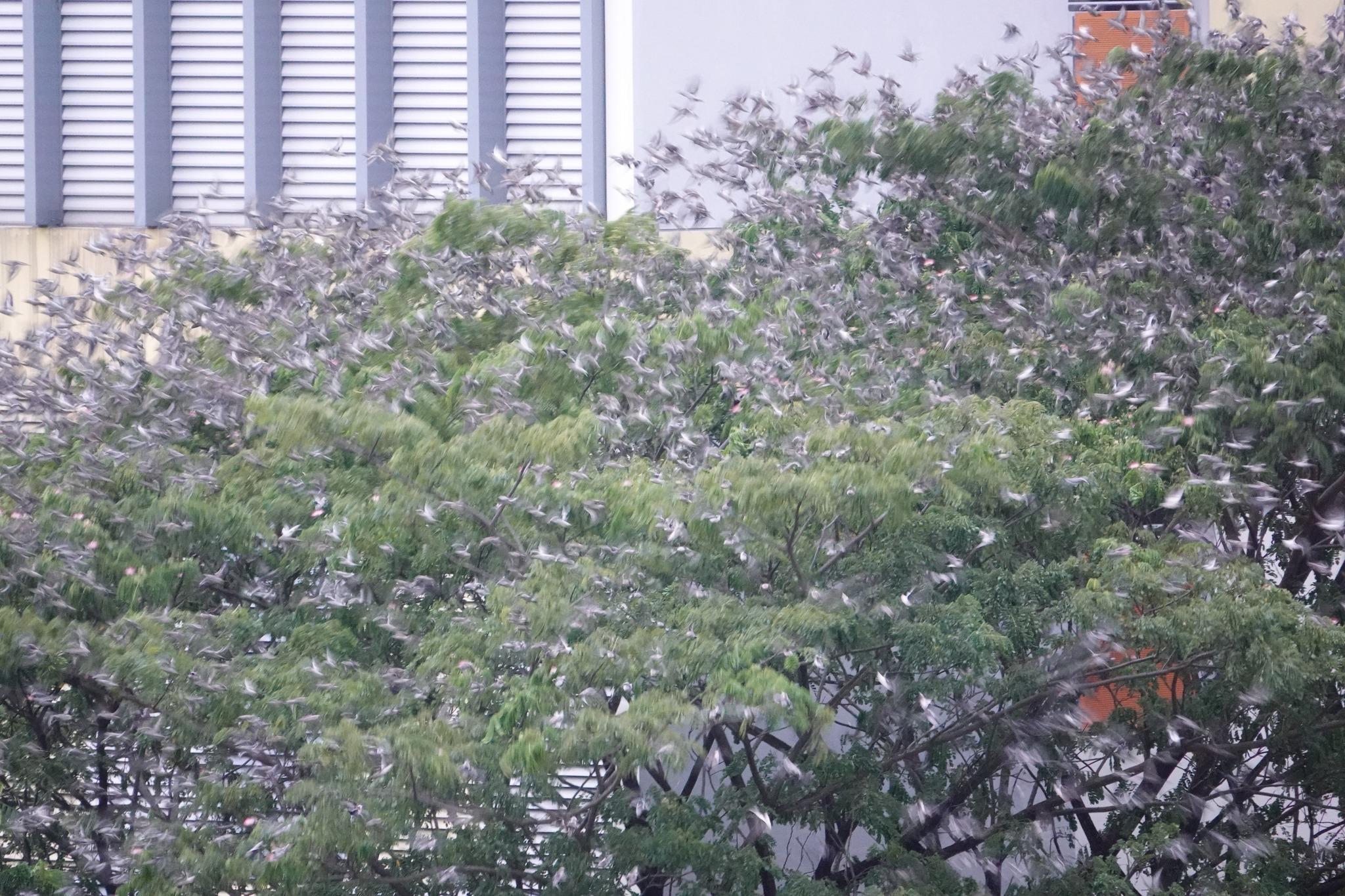 Photo taken along Sengkang East Way by Kim Chng.
Photo taken along Sengkang East Way by Kim Chng.
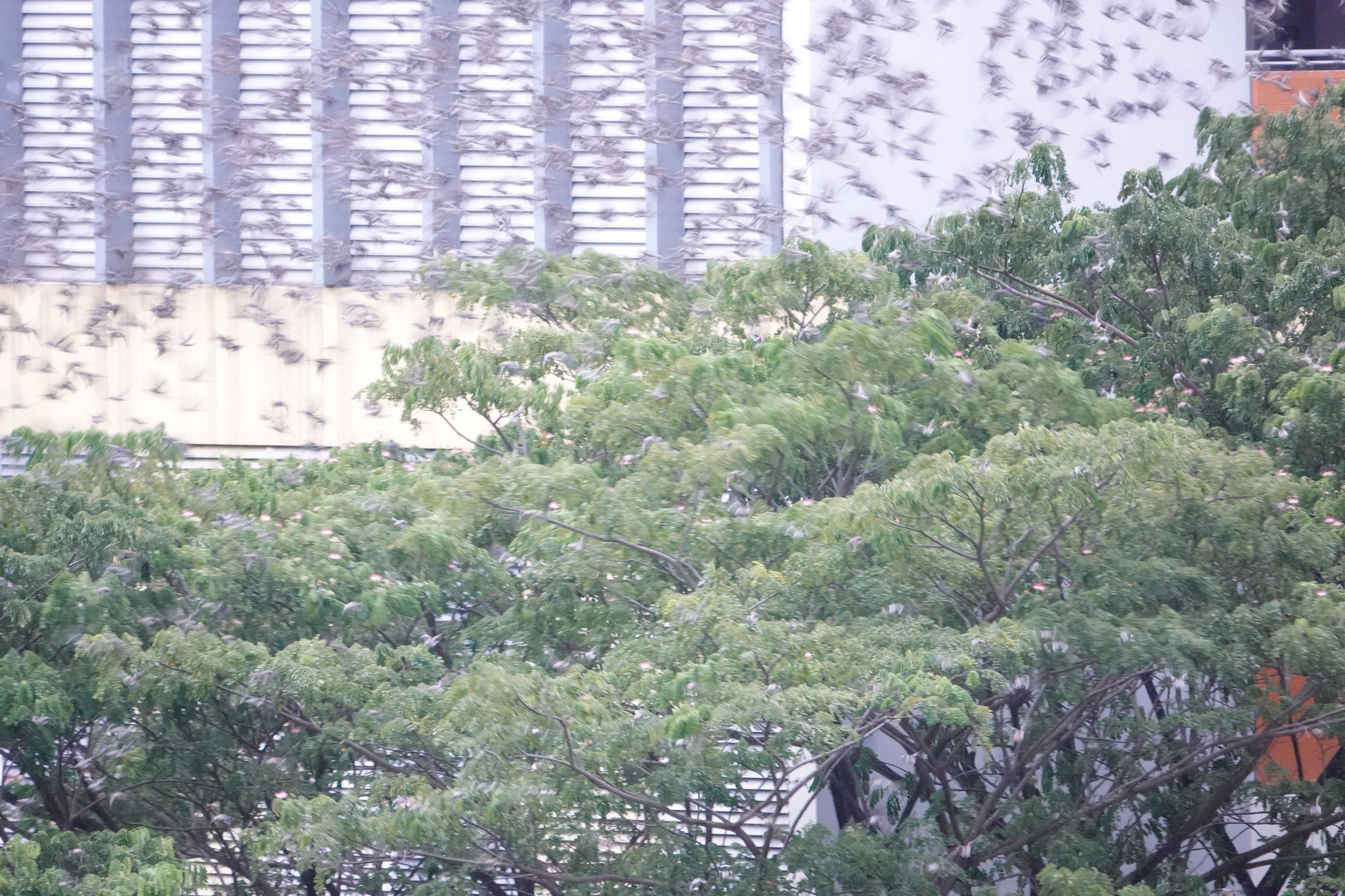 Photo taken along Sengkang East Way by Kim Chng.
Photo taken along Sengkang East Way by Kim Chng.
What are these birds?
Daurian Starlings are also known as purple-backed starlings.
They are common visitors in Singapore during the year end.
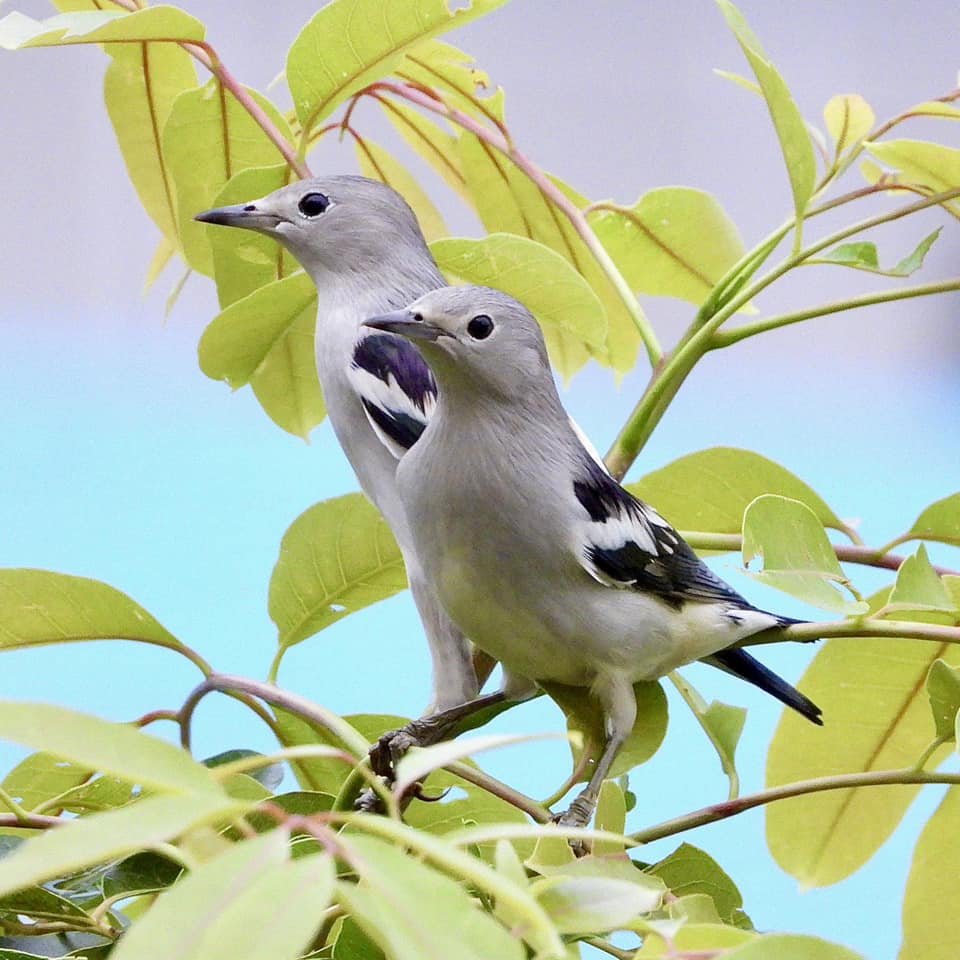
Photo by Serene Ong Hak Tee from Singapore Wildlife Sightings Facebook group.
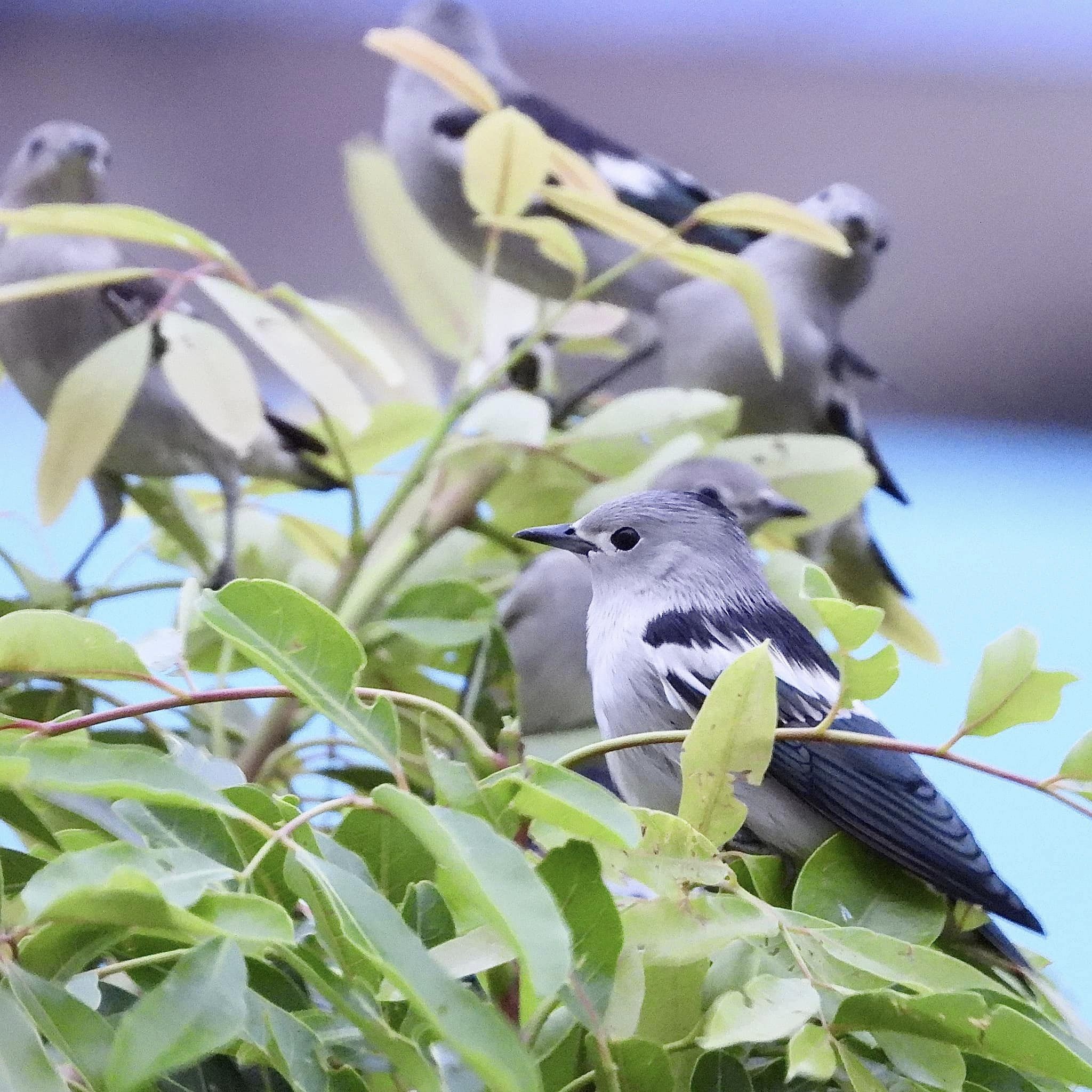 Photo by Serene Ong Hak Tee from Singapore Wildlife Sightings Facebook group.
Photo by Serene Ong Hak Tee from Singapore Wildlife Sightings Facebook group.
They are found in Eastern Mongolia, Southeast Russia, North Korea, Northeast, and Central China, according to the Bird Society of Singapore.
These migratory birds travel south to escape the cold winter in the north, typically arriving in Singapore in September or October.
They tend to flock at dusk, and form murmurations above their communal roosting site.
As they arrive in pretty large flocks, they can be very noisy when they feed.
Starlings belong to the family Sturnidae which make them relatives of mynas.
What's a murmuration?
While the display is impressive, starlings most likely murmurate to confuse predators.
Like swarming fish, the complex and seamless flocking pattern is created without the presence of a leader.
With some mathematical modelling, researchers believe that the birds engage in this collective behaviour by simply coordinating their movements with that of their seven closest neighbours.
From a simple rules, a complex and dynamic pattern is created.
In 2012, the Bird Ecology Study Group estimated that the migratory starling flock had between 30,000 and 50,000 birds, and managed to record their flight and roost in Yishun.
Top photos by Serene Ong Hak Tee and Anders Tradit
This article powered by Airalo's 10GB e-SIMs allows us to stay connected with our audience 24/7.
If you like what you read, follow us on Facebook, Instagram, Twitter and Telegram to get the latest updates.

